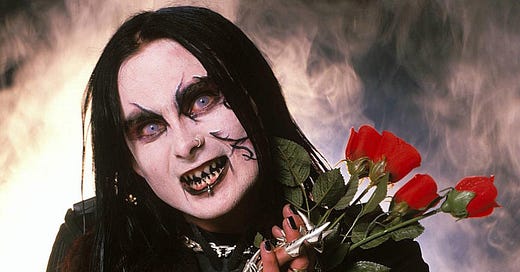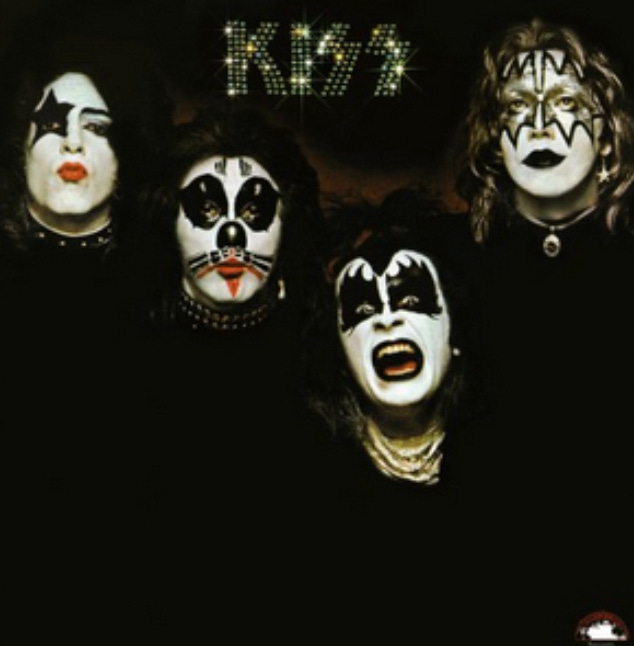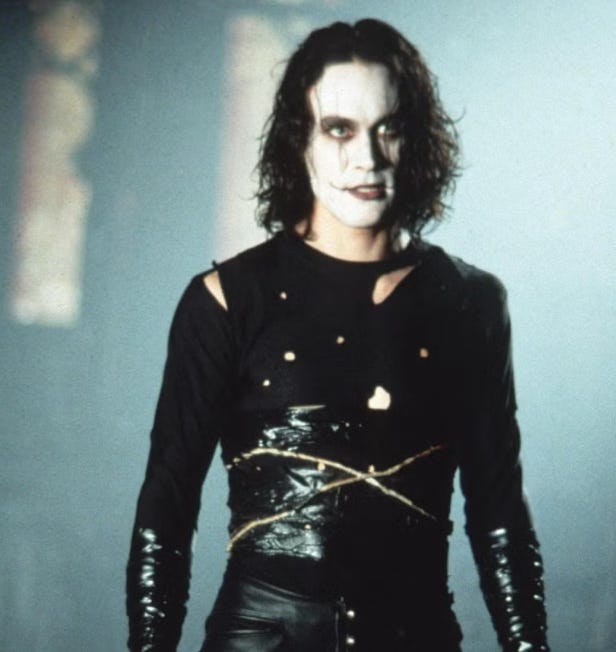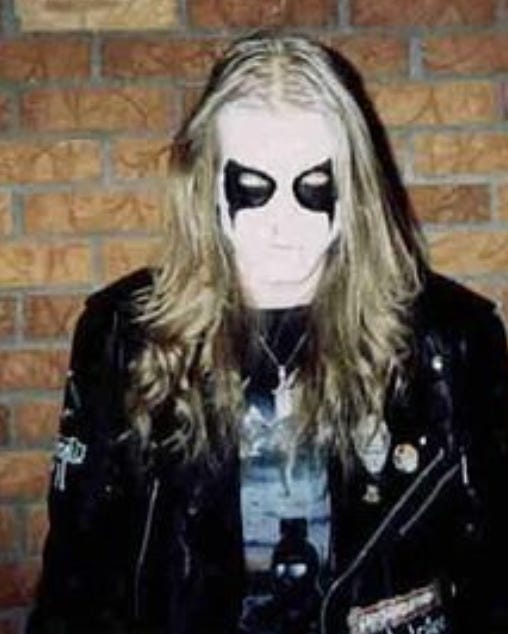A short history of how corpse paint became a part of black metal scene...
I just couldn't help myself, so here's a geeky and gruesome bonus read for you....
Fun fact - you know me as a beauty journalist, but I actually started my career in music journalism, and I’ve written about metal for the likes of NME, Kerrang, Rock Sound and ATP since I was a teen. So yesterday’s column on a corpse paint beauty collab was totally my jam, so much so that I ended up writing an extra column on the wild history corpse paint and how it became synonymous with the black metal scene.
As fascinating as it is, I do need to issue a trigger warning here, there are mentions of all kinds or horrific things below - from murder to sexual assault. But if you are curious to know where corpse paint came from or you just like grim stuff (no judgement here frens) then keep reading….
Meet the quirky British chap who started corpse paint…
In the 1960s singer Arthur Brown was known to wear ghoulish makeup and masks on stage and quite often topped this off with a flaming head piece (above.) This was quite controversial when you think that this was the era of Beatle-mania and the summery sounds of the Beach Boys.
Next, rocker Alice Cooper took the look to a spookier place in the 1970s. He didn’t have the white face paint we have now come to associate with corpse paint, but he did often end his live shows with mock ‘beheadings’ where he’d become a corpse - so there’s that. In the late 70s, goth punk band Misfits also donned forms of skull-esque make-up too - and both paved the way for rock and metal artists to incorporate a form of makeup into their style.
Kiss Paint vs Corpse Paint
The glam rock band Kiss became synonymous with their iconic black and white face painting in the 1970s, and whilst some band members (Paul Stanley) give Alice Cooper credit for the look, others (Gene Simmons) say it was entirely organic (yeah right!) Either way, the ‘Kiss Paint’ the band wears is definitely more theatrical than macabre; one looks like a five-year-old's interpretation of a cat, one can only be described as a thrift store superhero, another gave up and drew a sh*t star on their face, whilst The Demon aka Gene Simmons (bottom right) looks like me when I decide to be ‘creative’ with my winged eyeliner.
Kiss ditched the make-up in 1983 after a decade of wearing it, and people were p*ssed, so when they got back together in 1996, they put the Kiss paint back on. Give the people what they want fellas - and that’s silly face paint!
The birth of Corpse Paint as we know it…
A darker sound began to evolve out of the 80’s thrash metal scene and lead to the formation of bands like Cannibal Corpse, Bathory (above), Death and Morbid Angel, Black metal also became more commercially viable and popular as record labels like Roadrunner and Nuclear Blast got involved. By the early 90’s it was a bona fide SCENE, particularly in the US, Scandinavia and the UK. Cradle Of Filth who hail from Suffolk became popular and were fronted by the lovely Dani Filth (top image) who is probably one of the nicest people I’ve ever interviewed.
Corpse Paint even made it to the mainstream cinema screens. In 1996 Brandon Lee starred in The Crow, playing a metal musician who comes back from the dead to avenge his murder, complete with a guitar, a pet crow and corpse paint, of course. The sad part is that whilst filming The Crow, a fragment of bullet was lodged in a prop gun that was fired at Lee and sadly killed him on set. Massive sad face.
The black metal scene continued to grow into the 90s and had by now had also become linked with satan worship, the occult, horror culture, gothic clothing, spiked accessories, and corpse-like makeup to create an atmosphere of darkness and rebellion. Most black metal band’s logos are also infamously illegible, created to look like a creepy ghoul had scrawled it in blood (your blood.)
Things start to get really grim…
However, it was the Norwegian black metal scene of the early 1990s that truly popularised corpse paint as a defining feature of the genre. Bands like Mayhem (above) Burzum, and Immortal became notorious for their use of corpse paint and it was used as a way to distance themselves from mainstream culture and assert their identity as outsiders.
Mayhem’s Per "Dead" Ohlin started wearing corpse paint in the late 80s, but it wasn’t due to his love of black metal. It was more about looking like an actual corpse. He was even known to bury his clothes in the earth then dig them up just before taking to the stage, in order to look as though he himself had just recently emerged from the grave and to smell like decay too.
On stage he’d be surrounded by dead animal heads, often sliced himself open with glass and before taking to the stage each night would inhale the rotten remains of a crow so he could be inspired by the scent of death. He died by suicide (slitting his wrists and shooting himself in the face) in 1991, and his parting note read: “excuse all the blood, cheers.”
Parts of the black metal scene had started to go, well, really bad. Some (but not all) black metal bands had links to far right organisations, and had openly homophobic and xenophobic beliefs. Mayhem was one of the worst offenders; when singer Euronymous found Dead’s lifeless body in the cabin the band owned, he rearranged the scene, took pictures and took pieces of Dead’s actual skull which were made into necklaces for the band and friends in the black metal scene. But wait - there’s more….











